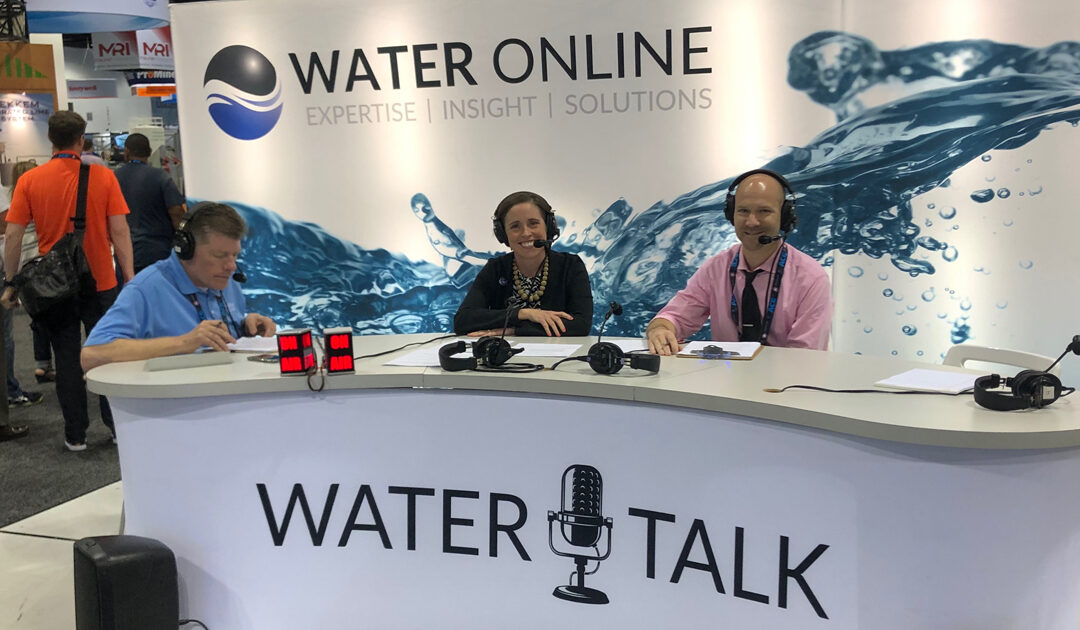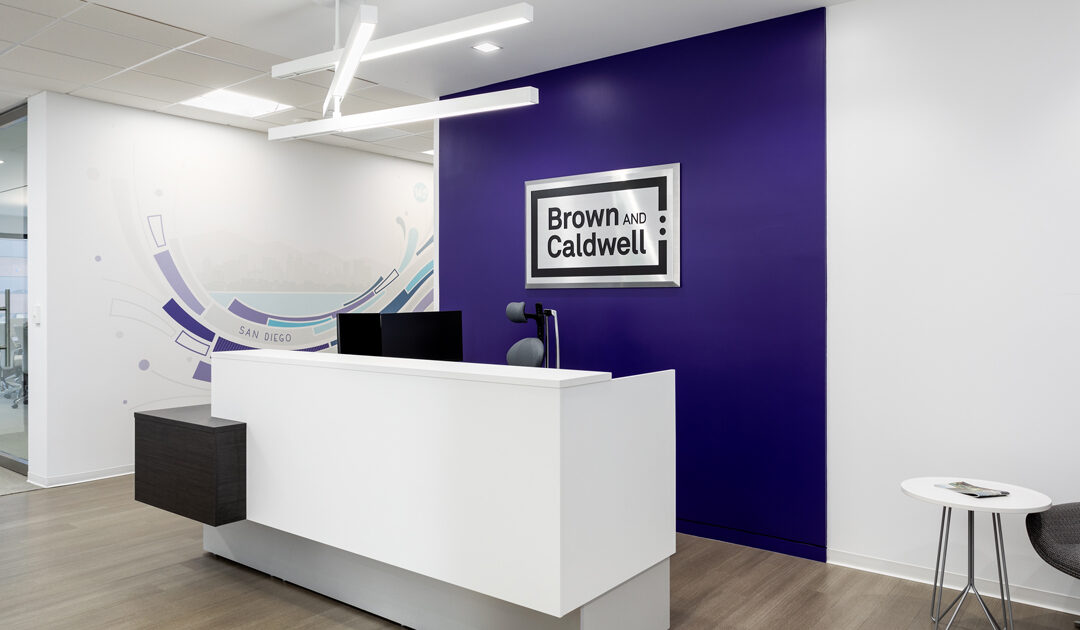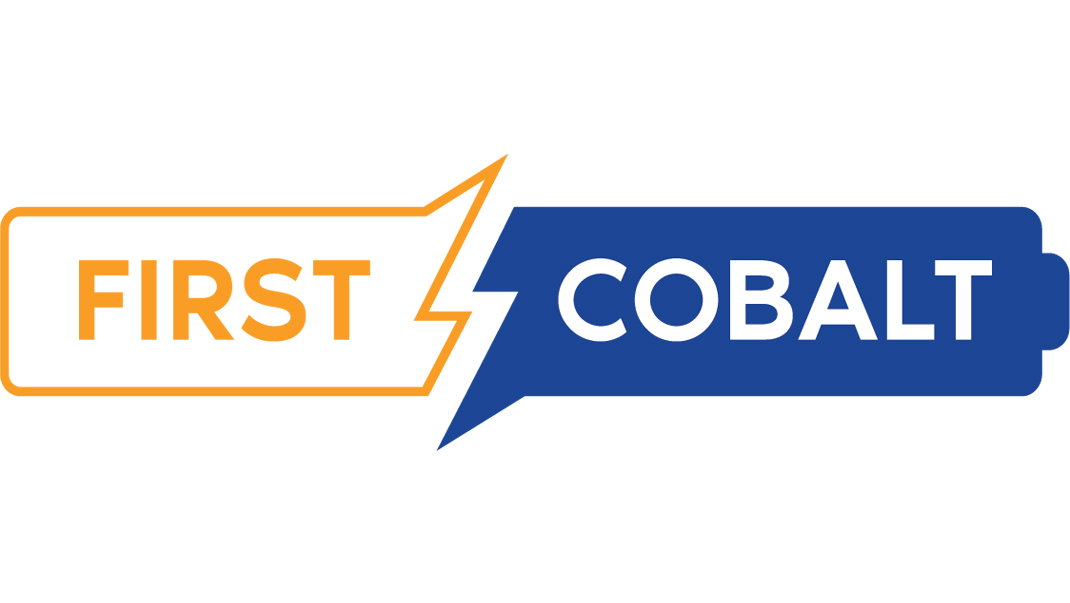How did space travel help give direct potable reuse water a boost? Easy: NASA. That’s what BC’s Regional One Water Leader Allegra da Silva says during this “Water Talk” podcast recorded live at AWWA ACE19.
In this short yet comprehensive discussion with hosts Todd Schnick and Water Online Chief Editor Kevin Westerling, Allegra discusses how water purification for space missions laid the groundwork for this growing treatment method and how BC is pushing the boundaries on both tech and policy by working with the U.S. EPA.
Plus, not only is demand growing for non-Reverse Osmosis alternatives, such as ozone biological filtration, but costs are coming down too.
After all, through NASA, “we know we can purify water and make it safe through engineering treatment, but we need to make sure those systems are working 100% of the time.”
Listen to the podcast (14 minutes, 44 seconds) for more on how BC is helping to solve water supply challenges through direct potable reuse.
WALNUT CREEK, Calif. — Brown and Caldwell, a leading environmental engineering and construction firm, has opened a new office in downtown San Diego to better serve municipal, federal, and private sector water and wastewater clients in the San Diego area. The new office is located at 450 B Street.
“Our new office reflects our continued commitment to serving and supporting the greater San Diego metro area. By moving our nearly 50-person operation to this iconic location in the heart of San Diego, we’ll be in a greater position to serve our clients and positively impact communities throughout San Diego County.”
Brown and Caldwell San Diego Leader J.P. Semper
Brown and Caldwell’s history in the area dates back nearly 70 years, including co-authoring San Diego’s first plan for a centralized wastewater system to safely treat and dispose of wastewater via one centrally-located treatment plant and outfall (i.e., the Point Loma Wastewater Treatment Plant and Ocean Outfall). The 1952 report entitled, “Report on the Collection, Treatment, and Disposal of the Sewage in San Diego County, California,” served to address San Diego’s most significant environmental and sanitary obstacle of the time.
In the decades since, Brown and Caldwell has continued to serve San Diego with innovative planning, engineering, and construction solutions to the area’s most complex water and environmental challenges related to drought resiliency, aging infrastructure, as well as environmental stewardship and compliance. The firm currently serves as a key member of the program management team delivering Pure Water San Diego, a phased, multi-year program that will provide one-third of San Diego’s water supply locally by 2035.
WALNUT CREEK, Calif. — Brown and Caldwell, a leading environmental engineering and construction firm, has opened a new, permanent office in the Metro Vancouver area to better serve clients in the region’s municipal and private water and wastewater sector. The new office is located at Metrotower I, 4710 Kingsway, Burnaby.
“This new office aligns with our vision of expanding full-service solutions in the Lower Mainland while continuing our legacy of solving Metro Vancouver’s most complex water and environmental challenges.”
Brown and Caldwell Vancouver Leader Bryan Paulson
Brown and Caldwell’s history in the Lower Mainland dates back more than 60 years, including the development of Vancouver’s original sewerage plan, the Rawn Report, in 1953. In the decades since, the firm has delivered planning and engineering services on many of Vancouver’s most complex wastewater challenges. Projects include the design of the original Lions Gate Wastewater Treatment Plant (WWTP) and the Iona Island WWTP in addition to numerous upgrades at the Annacis Island and Lulu Island WWTPs.
Brown and Caldwell’s Canada Leader Mike Thorstenson added, “Our local and established team is committed to leaving a positive impact on the community as the region continues to prepare for population growth, regulatory changes, and climate and seismic risks.”
WALNUT CREEK, Calif. — First Cobalt Corp. (the “Company”) is pleased to announce it has engaged Brown and Caldwell at the Iron Creek Project to provide guidance on permitting and to develop an environmental baseline study strategy.
Trent Mell, First Cobalt president and chief executive officer, commented:
“First Cobalt’s strategy in 2019 is to advance and de-risk our two key assets: the Iron Creek Project in Idaho, USA, and the First Cobalt Refinery in Ontario, Canada. Environmental and permitting work are critical next steps to progressing Iron Creek towards development. We are pleased to have the experience of Brown and Caldwell as we drive the project forward. On the heels of the maiden resource estimate announced in the fall, this is one of a series of technical programs initiated to help us determine the optimal mining and mineral processing design at Iron Creek. Baseline environmental data is critical to advancing the timeline toward production as we work towards developing an environmentally responsible source of cobalt in North America.”
“The First Cobalt Refinery offers the opportunity for early cash that could finance future work at Iron Creek. Metallurgical tests of cobalt hydroxide and other sources of third-party feed are ongoing and early indications are encouraging. In parallel with these tests, we are actively exploring sources of non-equity capital to finance the recommissioning of the refinery, which has been on care and maintenance since 2015.”
Trent Mell, First Cobalt president and chief executive officer
“Cobalt is essential for the growing electric vehicle market and cobalt assets outside China and the Democratic Republic of the Congo remain exceedingly rare. There is no primary cobalt mining or refining in North America today and the potential for First Cobalt to produce ethical cobalt in a safe jurisdiction allows us to stand apart.”
First Cobalt has engaged Brown and Caldwell as its primary environmental and permitting consultant for the Iron Creek Project in Idaho, USA, due to the firm’s strong reputation as a leading environmental consulting, engineering, design, and construction firm with more than 55 offices across the USA and Canada and over 70 years of experience. Services will be provided from its Boise, Idaho office, which has extensive experience in project permitting, water management, environmental monitoring, and reclamation. Brown and Caldwell will be providing permitting guidance and overseeing the collection of environmental baseline data at the Iron Creek Project. Water quality data collection commenced in 2017 and is ongoing.
The Iron Creek Project has an Inferred Resource estimate of 26.9 million tonnes grading 0.11% cobalt equivalent (0.08% Co and 0.30% Cu containing 46.2 million pounds of cobalt and 176.2 million pounds of copper) under a base case scenario pit constrained and deeper mineral resource (see September 25, 2018 press release). An alternative underground-only scenario results in 4.4 million tonnes grading 0.23% Co and 0.68% Cu (0.30% CoEq) using a cutoff underground grade of 0.18% CoEq and containing 22.3 million pounds of cobalt and 66.7 million pounds of copper. The Inferred Resource is based on drilling over a strike length of approximately 500 metres and a dip extent of over 150 metres. Preliminary metallurgical testing concludes that simple flotation methods are applicable, yielding recoveries of 96% for cobalt and 95% for copper in rougher floatation.
Drilling continued through to the end of 2018 to extend the strike length of the mineralized zone and test down dip extensions of known cobalt-copper zones. An updated Mineral Resource estimate is anticipated towards the end of the first quarter of 2019.
The environmental baseline data, the updated Mineral Resource estimate and other technical studies will be incorporated into a Preliminary Economic Assessment planned for the latter half of 2019.
About First Cobalt
First Cobalt is a North American pure-play cobalt company whose flagship asset is the Iron Creek Cobalt Project in Idaho, USA, which has Inferred mineral resources of 26.9 million tonnes grading 0.11% cobalt equivalent. The Company also owns the only permitted cobalt refinery in North America and 50 past-producing mines in the Canadian Cobalt Camp.
On behalf of First Cobalt Corp
Trent Mell
President and chief executive officer
For more information visit www.firstcobalt.com or contact:
Heather Smiles
Investor relations
info@firstcobalt.com
+1.416.900.3891
###
Cautionary Note Regarding Estimates of Resources
Readers are cautioned that mineral resources are not economic mineral reserves and that the economic viability of resources that are not mineral reserves has not been demonstrated. The estimate of mineral resources may be materially affected by geology, environmental, permitting, legal, title, socio-political, marketing or other relevant issues. The mineral resource estimate is classified in accordance with the Canadian Institute of Mining, Metallurgy and Petroleum’s “2014 CIM Definition Standards on Mineral Resources and Mineral Reserves” incorporated by reference into NI 43-101. Under Canadian rules, estimates of inferred mineral resources may not form the basis of feasibility or pre-feasibility studies or economic studies except for Preliminary Economic Assessment as defined under NI 43-101. Readers are cautioned not to assume that further work on the stated resources will lead to mineral reserves that can be mined economically. An Inferred Mineral Resource as defined by the CIM Standing Committee is “that part of a Mineral Resource for which quantity and grade or quality are estimated on the basis of limited geological evidence and sampling. Geological evidence is sufficient to imply but not verify geological and grade or quality continuity. An Inferred Mineral Resource has a lower level of confidence than that applying to an Indicated Mineral Resource and must not be converted to a Mineral Reserve. It is reasonably expected that the majority of Inferred Mineral Resources could be upgraded to Indicated Mineral Resources with continued exploration.”
Cautionary Note Regarding Forward-Looking Statements
This news release may contain forward-looking statements and forward-looking information (together, “forward-looking statements”) within the meaning of applicable securities laws and the United States Private Securities Litigation Reform Act of 1995. All statements, other than statements of historical facts, are forward-looking statements. Generally, forward-looking statements can be identified by the use of terminology such as “plans”, “expects’, “estimates”, “intends”, “anticipates”, “believes” or variations of such words, or statements that certain actions, events or results “may”, “could”, “would”, “might”, “occur” or “be achieved”. Forward-looking statements involve risks, uncertainties and other factors that could cause actual results, performance and opportunities to differ materially from those implied by such forward-looking statements. Factors that could cause actual results to differ materially from these forward-looking statements are set forth in the management discussion and analysis and other disclosures of risk factors for First Cobalt, filed on SEDAR at www.sedar.com. Although First Cobalt believes that the information and assumptions used in preparing the forward-looking statements are reasonable, undue reliance should not be placed on these statements, which only apply as of the date of this news release, and no assurance can be given that such events will occur in the disclosed times frames or at all. Except where required by applicable law, First Cobalt disclaims any intention or obligation to update or revise any forward-looking statement, whether as a result of new information, future events or otherwise.




